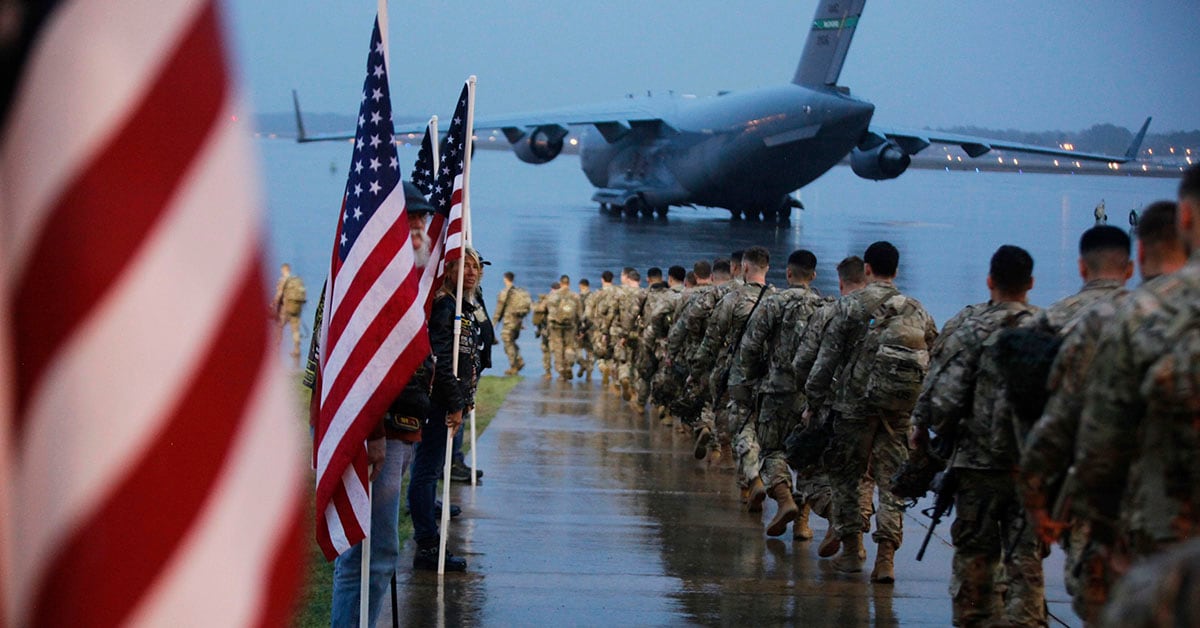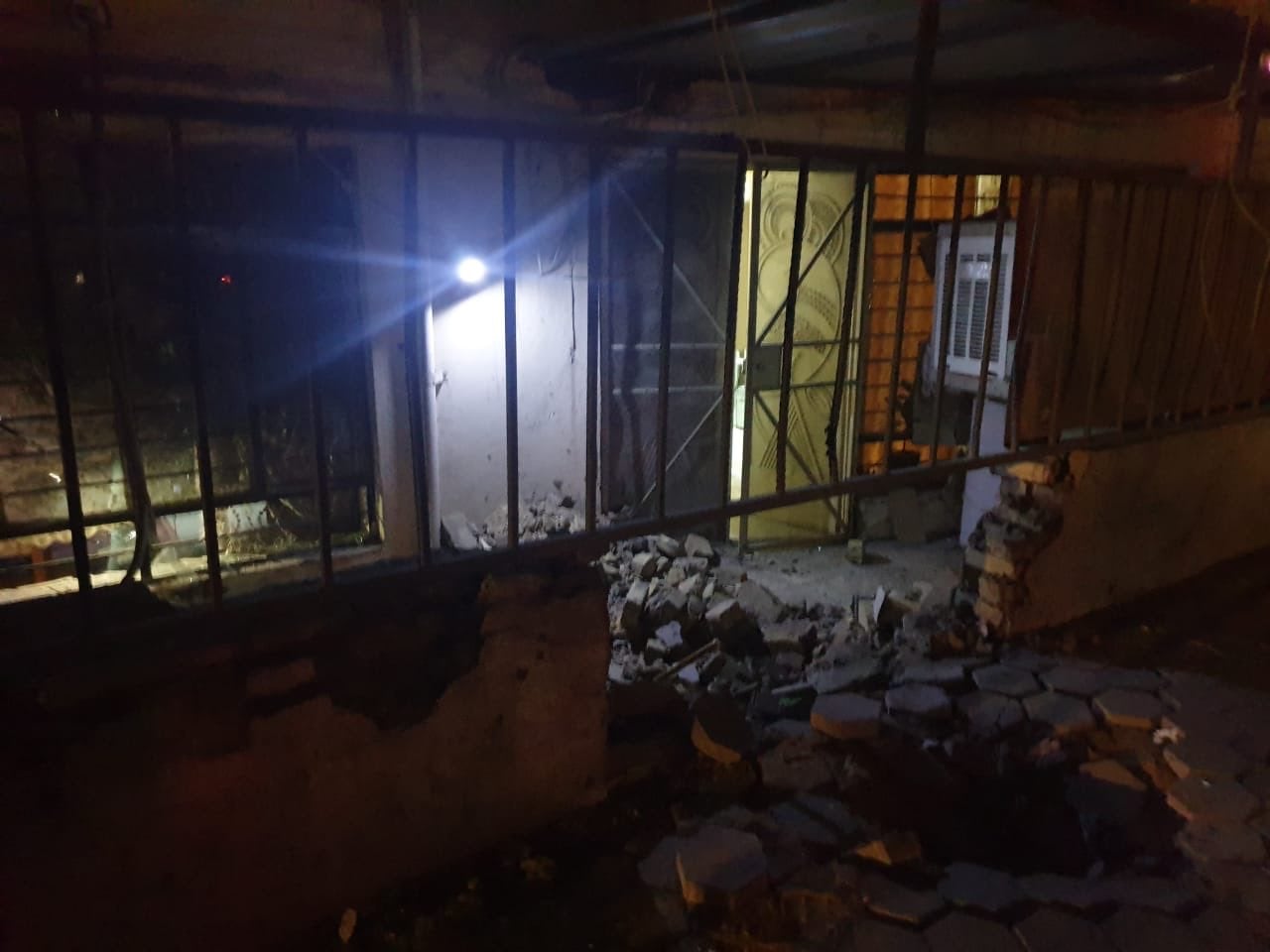The U.S. military may send additional missile defense systems and other enablers to the region in the wake of Iran’s ballistic missile strike against two Iraqi air bases housing U.S. troops.
Secretary of the Army Ryan McCarthy told reporters Wednesday that the Army was considering “additional capabilities that we could send to the region.”
Those forces could include “a variety of enablers, like missile defense or others, so we’re looking at that,” McCarthy said.
Following a U.S. strike that killed Iranian Gen. Qassem Soleimani, Iran retaliated launching 16 ballistic missiles targeting the al-Asad and Irbil air bases in Iraq. Eleven missiles hit al-Asad and one struck Irbil — the Petagon claims four failed in flight.
No U.S. troops were killed in the attack, prompting analysts and national security experts to opine that Iran may have been looking for a means to deesecalte tensions in the region.
But the attack underscored a key vulnerability for U.S. troops in the region — there’s simply not enough missile defense systems to protect U.S. troops in every location.
RELATED

The Washington Post reported that there were no Patriot or Terminal High-Altitude Area Defense anti-missile systems at the two Iraqi bases targeted by Iran.
“There has always been a supply and demand problem when it comes to U.S. air and missile defenses. We have 15 battalions of Patriot defenses, for example, deployed in at least 10 countries and territories around the world. And not all 15 can be deployed at once, a portion must be stateside preparing for the next cycle,” Ian Williams, a research fellow for the Missile Defense Project at the Center for Strategic and International Studies.
Jonathan Hoffman, the Chief Pentagon spokesman, told reporters at the Pentagon Thursday that the U.S. has a “limited number” of Patriot missile defense systems, but anti-missile batteries are “just one part” of countering threats to U.S. forces in the region.
Hoffman did not provide any details on whether the Pentagon would beef up U.S. bases in Iraq with missile defense systems. Iran’s missiles are just “one threat” and commanders have to consider proxies, drones and rocket attacks in the region.
“We have to look at a number of different threats,” Hoffman said.
A decision to bolster Iraqi bases with missile defense systems would require a request from the commander on the ground, who would then need to determine where the systems would be placed, Hoffman explained to reporters.
“I don’t ultimately think its feasible to have a land-based missile defense platform everywhere we need them at all times,” Williams said.
RELATED

“Development of aerial missile defense options, like UAV’s equipped with sensors and interceptors, could provide a capability that is more quickly redeployable, and can be surged to places where ships may not be able to,” he explained.
There could be a non-kinetic option using electronic warfare to knock missiles out of the sky, William said.
“U.S. missile defense technologies have come a long way in the past 20 years, but the missile problem has grown to require new solutions, not just more of the same,” he explained.
Shawn Snow is the senior reporter for Marine Corps Times and a Marine Corps veteran.





